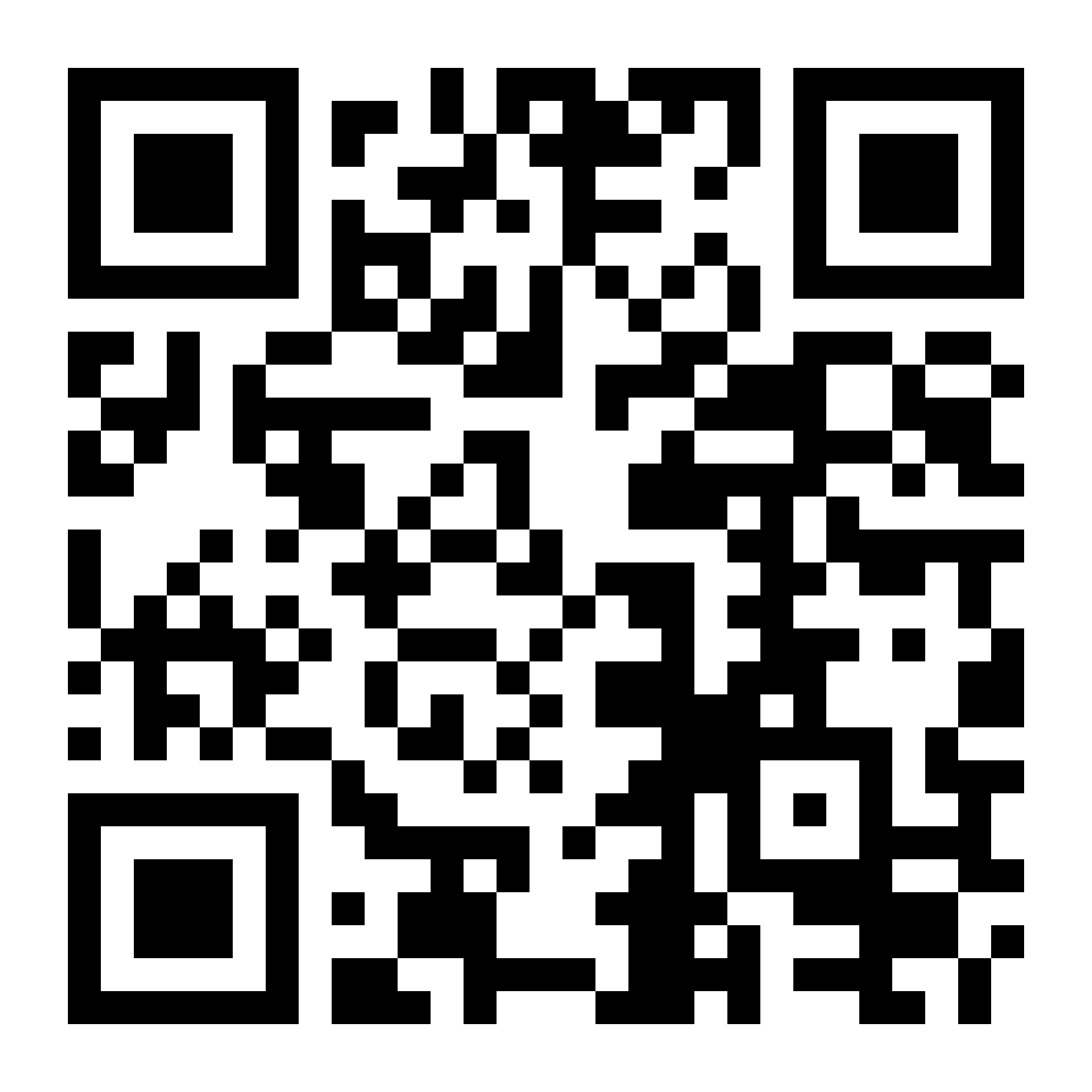The Reserve Bank of India (RBI) is introducing a new cheque clearing system starting from October 4, aimed at speeding up the cheque settlement process. This update will ensure that the money from a cheque is credited to your bank account on the same day, improving the efficiency of cheque transactions across India. Here’s everything you need to know about the new system and how it affects you. Check your business loan eligibility to stay updated with related financial products that may benefit from these improved banking efficiencies.
What is changing in cheque clearing?
The reason behind RBI’s new system
The current cheque clearing system in India usually takes one to three working days for the funds to be credited to the beneficiary’s account. RBI aims to reduce this delay by introducing a real-time, faster cheque clearing process. The goal is to align cheque transactions with the speed of electronic payments and enhance the overall customer experience.
Key updates in the cheque settlement process
- Cheques will be cleared on the same day they are deposited.
- A continuous clearing cycle will be introduced during banking hours to speed up settlements.
- Enhanced security features such as the Positive Pay system will be mandatory.
- Cheque truncation and image-based processing will be further standardised across banks.
How will the new cheque clearing system work?
Step-by-step cheque clearing process
- You deposit a cheque in your bank branch or ATM.
- The bank captures an image of the cheque along with relevant data.
- The cheque details are sent electronically to the drawee bank (the bank on which the cheque is drawn).
- The drawee bank verifies the cheque and clears the payment.
- The cleared funds are credited to your account on the same day.
Same-day settlement and continuous clearing explained
Unlike the older system that cleared cheques in batches once or twice a day, the new system allows for multiple clearing cycles throughout the day. This “continuous clearing” process means cheques can be processed and settled several times during working hours, reducing the time taken for funds to appear in your account. Check your pre-approved business loan offer to see how quicker settlements might impact your financing options.
What is the positive pay system and how does it protect your cheques?
Overview of positive pay
Positive Pay is a fraud prevention measure that requires cheque issuers to provide details such as cheque number, date, and amount to the bank before issuing the cheque. When the cheque is presented for payment, the bank cross-checks these details with the issuer’s instructions.
How it reduces fraud and enhances security
By matching the cheque details with the issuer’s instructions, Positive Pay helps detect any discrepancies or fraud attempts. If a cheque’s details don’t match, the bank flags the transaction for further verification, thereby preventing unauthorised or altered cheque payments.
How is this better than the current system?
Faster settlements
The new system reduces the cheque clearing time from multiple days to just a few hours, allowing customers to access funds much quicker.
Reduced errors and improved transparency
Digital processing and automated matching reduce human errors, delays, and mismatches. Customers also get better visibility into the status of their cheque payments and clearances.
What does this mean for customers?
Benefits for individuals and businesses
- Quick access to funds from cheque payments.
- Reduced chances of cheque fraud.
- More efficient cash flow management, especially for businesses relying on cheque payments.
- Increased trust in the banking system.
Impact on cheque deposit and clearance times
Most cheque deposits made before the bank’s cut-off time will be cleared and credited on the same day. This removes the uncertainty and waiting period previously associated with cheque payments.
What do customers need to do?
Steps to prepare for the new system
- Ensure cheques are filled out accurately with all necessary details.
- Be aware of the bank’s cut-off times for cheque deposits.
- Provide necessary details if you are issuing cheques, to comply with the Positive Pay system.
Updating bank details and enabling positive pay
Customers who issue cheques may need to register cheque details with their bank ahead of issuing them. This will be communicated by banks and can often be done through internet banking or mobile banking apps.
Will this apply to all banks?
Banks covered under the new clearing system
The RBI’s new cheque clearing system will be implemented across all banks participating in the cheque clearing process, including public sector banks, private banks, and cooperative banks.
Role of RBI and clearing houses
The RBI will oversee the implementation and operation of the system, while clearing houses in various cities will facilitate the electronic processing and settlement of cheques.
Why is RBI conducting a special trial on October 3?
Objective of the trial run
The RBI is conducting a trial run on October 3 to test the technical readiness and smooth functioning of the new cheque clearing system. This ensures that any issues can be identified and fixed before the official launch.
Expected impact after full rollout
Once fully rolled out on October 4, customers will benefit from faster cheque settlements, better security, and more efficient banking operations related to cheque payments.
In summary, RBI’s new cheque clearing system will modernise the cheque payment process in India by enabling same-day clearance, reducing fraud risks, and improving transparency. This change is a significant step towards making banking faster and safer for everyone.















